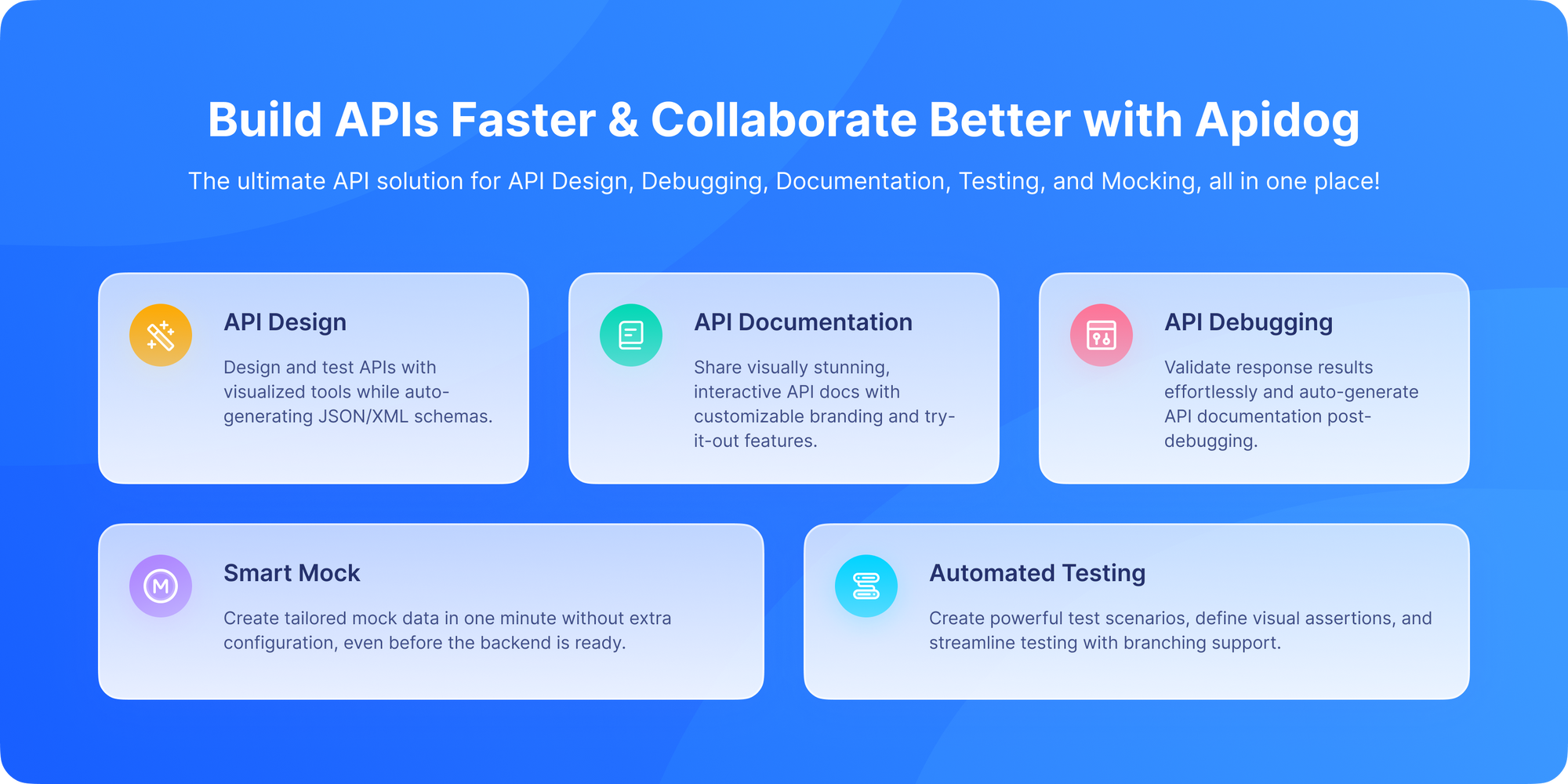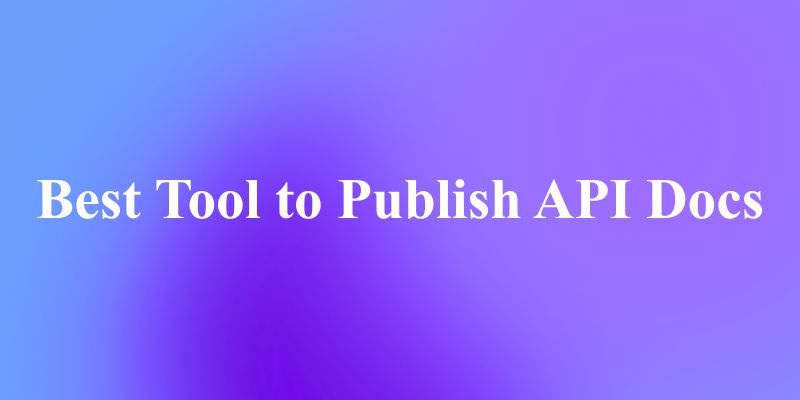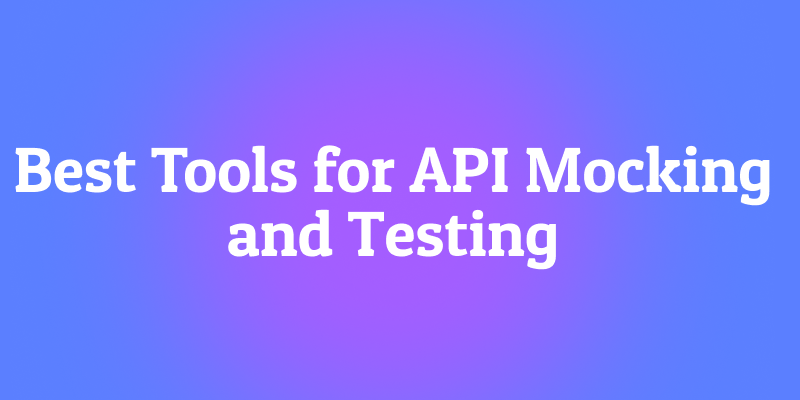We've all dealt with bad API documentation before. You’re trying to integrate with a service and end up with a PDF from 2018, a cluttered wiki page, or worse—a massive Swagger JSON file you have to import into another tool just to make sense of it. You spend more time guessing how the API works than actually using it. It's frustrating, time-consuming, and gives a terrible first impression.
Now, imagine the opposite. Picture documentation that's not just a static reference, but an interactive playground. Developers can read about an endpoint, view real examples, and test it instantly—right in the browser, using their own data. This isn't some far-off idea; it's the reality of interactive API documentation, and it's completely changing how teams onboard developers and present their APIs.
The best part? You don't need a dedicated technical writer or a complex publishing process to create this kind of rich, interactive experience.
So, let's dive into the world of interactive API documentation and explore how the right tool can make your API a joy to work with.
Why Static API Docs Are Costing You Users (And Money)
Before we look at the solution, let's be crystal clear about the problem. Outdated, static documentation isn't just a minor inconvenience; it has real business costs.
- Slower Developer Onboarding: Every minute a new user spends deciphering your docs is a minute they're not building value with your API. Complex onboarding is a major reason developers abandon an API.
- Increased Support Burden: When your docs are unclear, you get support tickets. Simple questions about authentication, request formats, and response structures will dominate your team's time.
- Poor Adoption and Integration Quality: If developers find your docs difficult to use, they might implement integrations incorrectly or give up entirely. This hurts your API's reputation and ecosystem growth.
- The "Docs Drift" Dilemma: With static docs, there's always a lag between code changes and documentation updates. This leads to "docs drift," where the documentation slowly becomes a lie, eroding trust with your developers.
Interactive documentation solves these problems by making the docs a living, breathing part of the development process.
What Truly Great Interactive Documentation Looks Like
So, what separates a basic doc page from an exceptional interactive experience? It's a combination of several key features:
- "Try It Out" Functionality: This is the non-negotiable core feature. Developers must be able to execute real API calls directly from the documentation, using their own API keys and data.
- Authenticated Playgrounds: The interactive console should handle authentication seamlessly, allowing users to authenticate once and then have all their "Try It Out" requests work automatically.
- Multiple Code Examples: The docs should show developers how to use your API in their language of choice, whether that's cURL, JavaScript, Python, Go, or any other popular language.
- Clear, Visual Structure: Endpoints should be logically grouped, with clear distinctions between parameters (query, header, path, body) and comprehensive descriptions for each field.
- Always Up-to-Date: The documentation must be automatically generated from the same source as your API tests and definitions. When the API changes, the docs should change with it, instantly.
This might sound like a lot to build and maintain, but with a modern API platform, it's simpler than you think.
Your All-in-One Solution: Publishing Interactive Docs with Apidog

This is where Apidog changes the game. Instead of treating documentation as a separate, final step, Apidog integrates it directly into the API development lifecycle. The same tool you use to design, debug, and test your APIs becomes the engine for publishing world-class documentation.
Step 1: Design and Define Your API in a Single Source of Truth
The journey to great docs begins long before you hit "publish." In Apidog, you design your endpoints, parameters, requests, and responses within the platform. You can also import existing OpenAPI specifications.
This process creates a rich, detailed definition of your API. You're not just defining a URL and a method; you're adding:
- Detailed descriptions for each endpoint and parameter.
- Examples of request bodies and successful responses.
- Possible error codes and what they mean.
- Authentication requirements.
Because this is all done in Apidog, this definition becomes your Single Source of Truth. It's used for testing, mocking, and now, for generating your documentation. This is the fundamental principle that eliminates "docs drift."
Step 2: Publishing Your API Documentation
Once your API is designed and organized within an Apidog project, publishing it is remarkably straightforward.

Apidog provides a dedicated "Publish" feature. With a few clicks, you can take your entire API project with all its folders, endpoints, and detailed descriptions and generate a fully interactive documentation site. You don't need to write any HTML or CSS; Apidog handles all the rendering for you.
The published site automatically includes:
- A clean, professional, and responsive layout.
- Logical navigation based on your project structure.
- All the descriptions and examples you entered during the design phase.
- The all-important "Try It Out" button for every endpoint.
Step 3: Creating and Customizing Documentation Sites
For teams that need to manage multiple APIs or create a branded developer portal, Apidog offers even more control.

You can create dedicated documentation sites within Apidog. This allows you to:
- Combine Multiple API Projects: Showcase all your related APIs in a single, unified documentation portal. This is perfect for organizations with a suite of microservices or different product lines.
- Add Custom Content: Beyond the auto-generated API references, you can add custom pages for overviews, getting started guides, tutorials, and authentication guides. This lets you provide a complete onboarding experience.
- Apply Branding: Customize the look and feel to match your company's branding, creating a seamless experience for developers moving from your main website to your API docs.
This transforms your documentation from a simple reference into a true developer hub.
Step 4: The Magic Ingredient - An Enhanced Debugging Experience
What truly sets Apidog's published docs apart is the depth of the interactive experience. It's not just a simple request/response viewer. Apidog has invested heavily in enhancing the debugging experience of its online documentation.

When a developer clicks "Try It Out" in your published Apidog docs, they get a powerful workspace that mirrors the functionality of the full Apidog application. This includes:
- A Full-Featured Request Editor: They can easily modify query parameters, headers, and the request body.
- Visual Feedback: The interface clearly shows the raw HTTP request that is being sent, providing transparency and learning opportunities.
- Rich Response Visualization: The response isn't just a blob of JSON. It's beautifully formatted and syntax-highlighted for easy reading. It also shows the HTTP status code and response headers, which are crucial for debugging.
- Authentication Integration: If you've configured authentication for your API, the published docs can guide the user through the process of obtaining and using a token, which is then automatically applied to their trial requests.
This powerful environment turns your documentation from a passive reading experience into an active learning and exploration tool. Developers can immediately validate their understanding, experiment with different parameters, and solve problems on their own, drastically reducing their time-to-first-successful-call.
The Tangible Benefits of Using Apidog for Your API Docs
When you adopt this workflow, the benefits cascade across your entire organization.
- For Developer Relations and Product Teams: You can ship updates to your API and its documentation simultaneously, ensuring your messaging is always accurate. The beautiful, interactive portal becomes a powerful sales and marketing tool.
- For Development Teams: Documentation becomes a byproduct of the development process, not a separate, tedious task. There's no longer a context switch to update a Wiki or a static site generator.
- For API Consumers (Your Users): They get a fast, reliable, and enjoyable onboarding experience. They can understand and integrate with your API in hours instead of days, leading to higher satisfaction and retention.
Conclusion: Transform Your Documentation from Chore to Champion
In today's competitive API landscape, your documentation is often the first deep interaction a developer has with your product. Static, outdated docs create friction and frustration. Interactive, always-accurate docs create delight and accelerate adoption.
Apidog provides a seamless path to achieving the latter. By unifying the API design, testing, and documentation lifecycle, it ensures that your published docs are not just an afterthought, but a direct reflection of your API's capabilities. The powerful "Try It Out" features, combined with the ability to create custom developer portals, means you can offer an exceptional self-service experience that scales.
So, stop letting your documentation be the weakest link. Start treating it as a first-class product feature. With the right approach and the right tool, you can turn your API docs into your most effective developer onboarding tool and your biggest competitive advantage.



